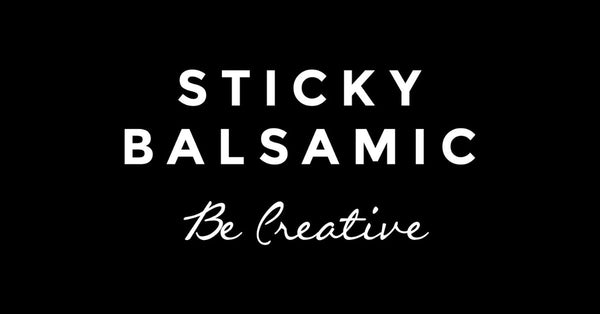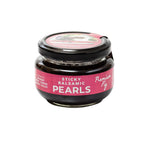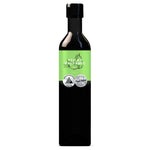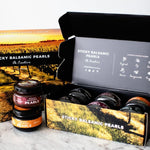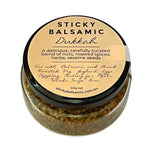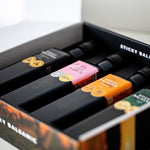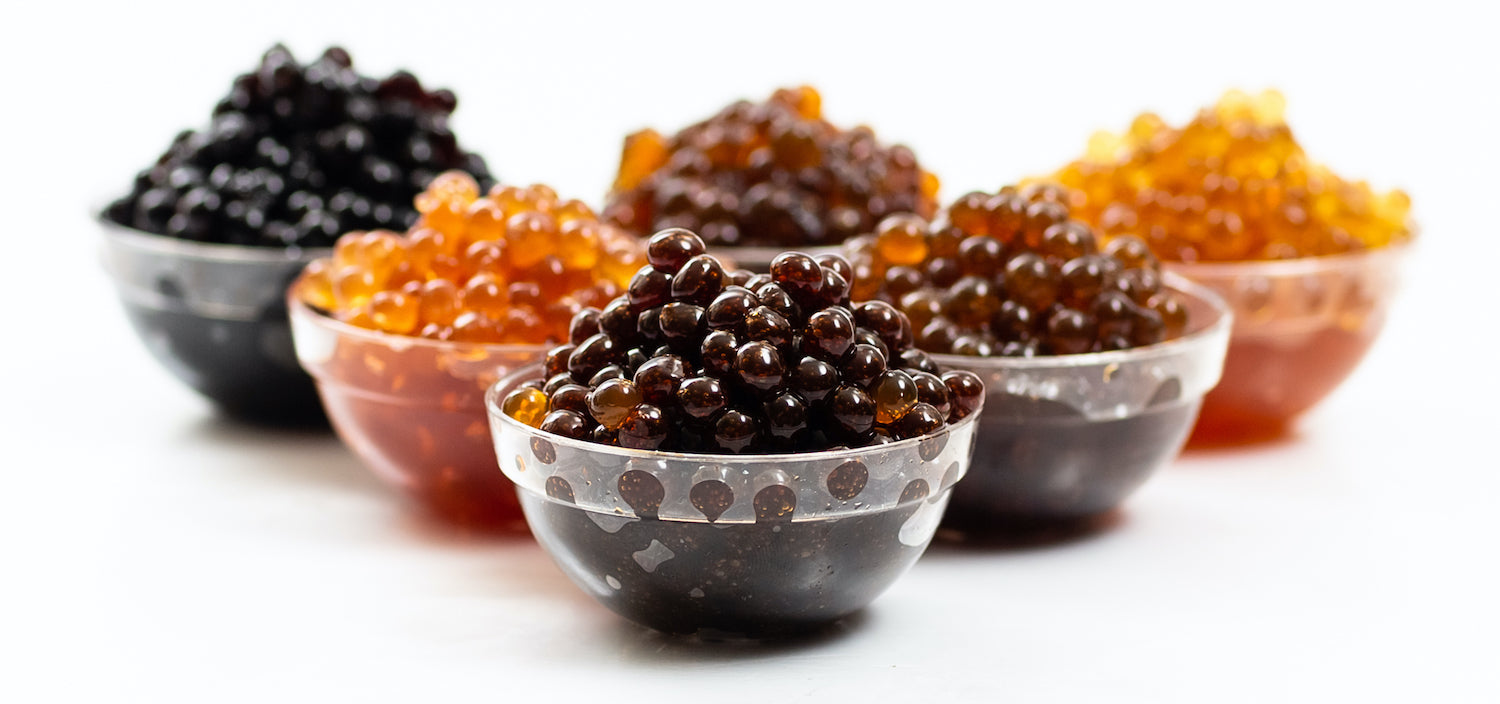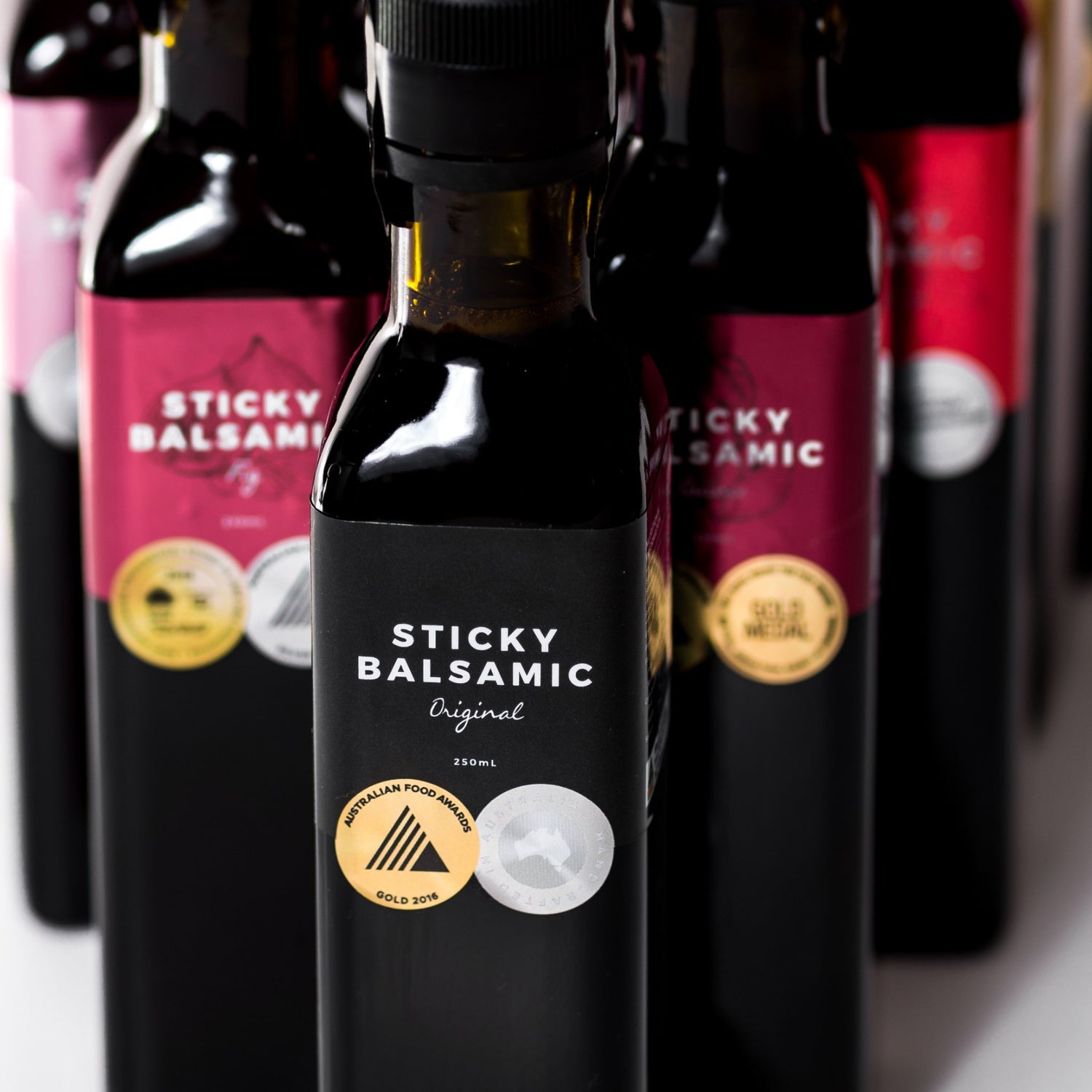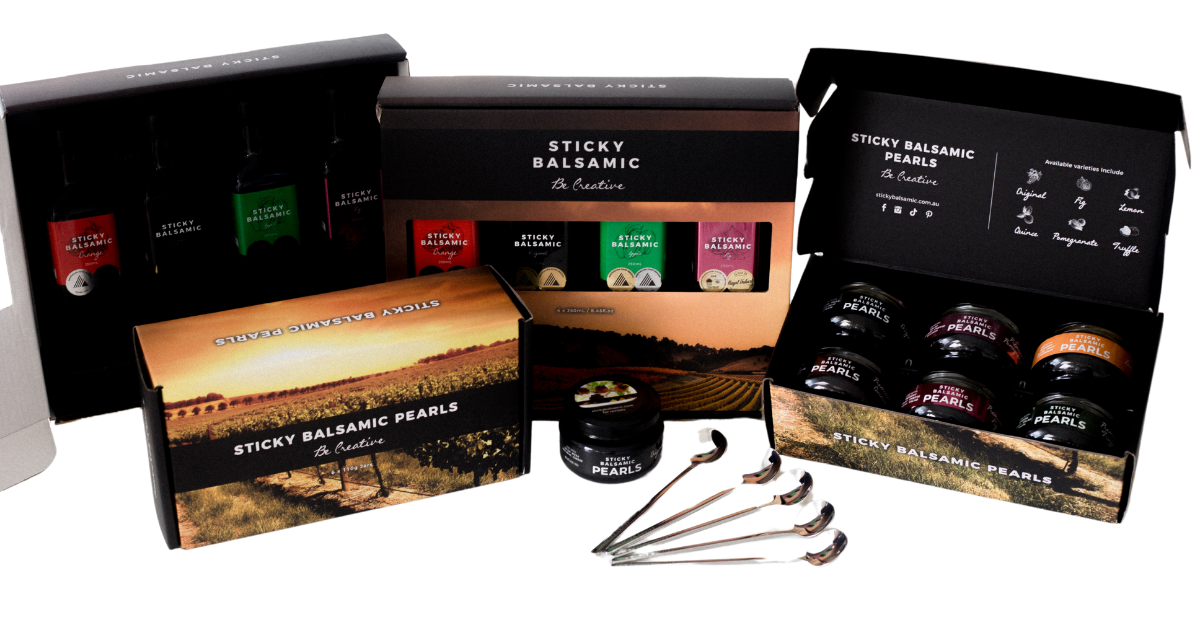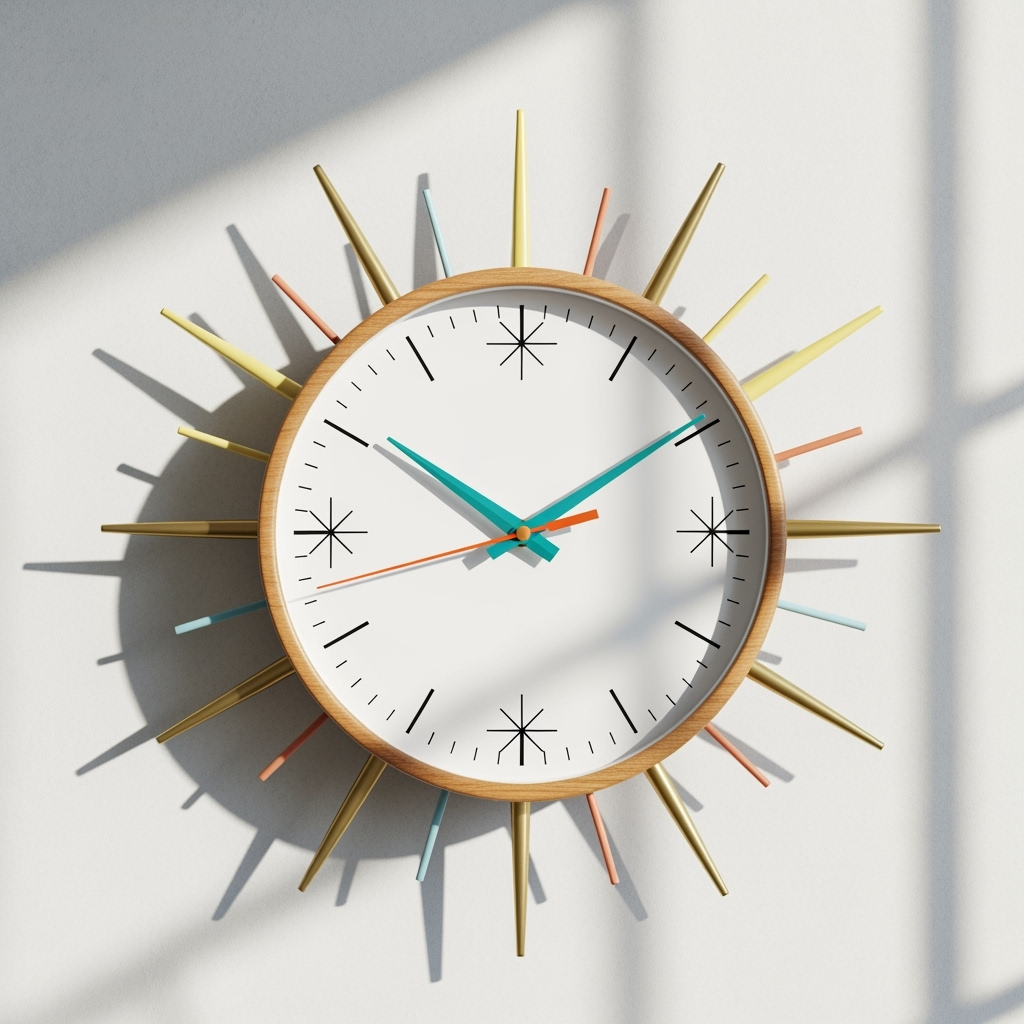How Long Does Balsamic Vinegar Last? Your Complete Storage and Shelf Life Guide
If you've ever stared at that bottle of balsamic vinegar in your pantry wondering if it's still good to use, you're not alone! It's one of those condiments that seems to stick around forever, but how long does balsamic vinegar actually last? The good news is that balsamic vinegar has an impressively long shelf life, and with proper storage, it can maintain its quality for years.
Let's dive into everything you need to know about balsamic vinegar longevity, storage tips, and how to tell if your bottle is still at its peak.
The Short Answer: Balsamic Vinegar Lasts a Really Long Time
Here's the thing that might surprise you—balsamic vinegar can last for years, and in many cases, it actually gets better with age! The high level of acidity in balsamic vinegar combined with a low pH, creates an environment that's naturally hostile to harmful bacteria and microorganisms.
Most commercial balsamic vinegars will maintain their best quality for 3-5 years when stored properly, but they can often remain safe to consume well beyond that timeframe. Traditional, aged balsamic vinegars can last even longer and may continue to develop complexity over time.
Different Types, Different Lifespans
Traditional Balsamic Vinegar
Traditional balsamic vinegar from Modena or Reggio Emilia is aged for a minimum of 12 years (and sometimes up to 25+ years). These \ vinegars are incredibly stable and can last indefinitely when stored properly. In fact, they often improve with age, developing more complex flavors and a richer consistency.
Commercial Balsamic Vinegar
Most balsamic vinegars you'll find at the grocery store are commercial varieties made with wine vinegar and grape must. These typically maintain their best quality for 3-5 years from the production date, though they remain safe to consume for much longer.
Balsamic Glazes and Reductions
Balsamic glazes and reductions, which often contain added sugars or other ingredients, generally have a shorter shelf life of 2-3 years. The additional ingredients can affect stability over time.
Understanding Expiration Dates
Best By vs. Expiration Dates
Most balsamic vinegar bottles will have a "best by" date rather than a hard expiration date. This date indicates when the product will be at its peak quality, not when it becomes unsafe to consume.
Think of it this way—the "best by" date is more like a quality guarantee from the manufacturer. After this date, you might notice some changes in flavor, color, or consistency, but the vinegar is typically still perfectly safe to use.
The Reality of Vinegar Longevity
Thanks to its acidic nature, properly stored balsamic vinegar rarely spoils in a way that would make it dangerous to consume. Instead, it might gradually lose some of its flavor intensity or develop slight changes in appearance over very long periods.
Proper Storage: The Key to Longevity
Temperature Matters
Store your balsamic vinegar in a cool, consistent temperature environment. A pantry or kitchen cabinet away from heat sources is ideal. Avoid storing it near the stove, oven, or in direct sunlight, as heat can accelerate flavor degradation.
Room temperature (around 68-72°F or 20-22°C) is perfect for most balsamic vinegars.
Keep It Dark
Light can gradually break down the compounds that give balsamic vinegar its characteristic flavor and color. Store your bottles in a dark cabinet or pantry, and if you have a clear glass bottle, consider wrapping it in a dark cloth or storing it in a box.
Seal It Tight
Always make sure the cap or cork is tightly sealed after each use. Exposure to air can lead to oxidation, which might affect the flavor over time. If your bottle has a cork, ensure it's properly seated and consider storing the bottle upright to prevent the cork from drying out.
Avoid the Refrigerator
Unlike many condiments, balsamic vinegar doesn't need to be refrigerated. In fact, cold temperatures can cause some balsamic vinegars to become cloudy or develop sediment (though this doesn't affect safety or flavor significantly).
Signs Your Balsamic Vinegar Is Still Good
What to Look For
- Color: Good balsamic vinegar should maintain its rich, dark brown color. Some slight darkening over time is normal and not a cause for concern.
- Consistency: Quality balsamic should pour smoothly. Aged varieties naturally become thicker over time.
- Aroma: It should smell pleasantly sweet and tangy, with no off odors.
- Taste: The flavor should be balanced, without any harsh or unpleasant notes.
Normal Changes Over Time
Don't panic if you notice these normal changes in older balsamic vinegar:
- Slight sediment at the bottom of the bottle
- Minor cloudiness
- Gradual darkening of color
- Slight thickening (especially in higher-quality vinegars)
These changes are typically signs of natural aging rather than spoilage.
When to Be Concerned
Red Flags to Watch For
While balsamic vinegar rarely goes bad, here are signs that something might be wrong:
- Mold growth: If you see any fuzzy growth on the surface or around the bottle opening
- Off smells: Any rancid, overly sour, or unpleasant odors
- Dramatic color changes: If the vinegar becomes very pale or develops an unusual color
- Strange taste: If it tastes harsh, bitter, or completely different from what you expect
Contamination Prevention
The most common issue with balsamic vinegar isn't spoilage but contamination from improper handling. Always use clean utensils when measuring or pouring, and avoid double-dipping or introducing food particles into the bottle.
Maximizing Your Balsamic's Lifespan
Quality Starts with Purchase
Choose balsamic vinegar from reputable producers and check that the bottle is properly sealed when you buy it. Higher-quality vinegars often have better longevity due to superior production methods and ingredients.
Use Clean Utensils
Always use clean spoons or measuring cups when portioning out balsamic vinegar. Introducing bacteria or food particles can potentially affect the vinegar's stability over time.
Consider Smaller Bottles
If you don't use balsamic vinegar frequently, consider buying smaller bottles. This ensures you'll use it while it's at peak quality and reduces the time the bottle sits partially empty (and exposed to more air).
The Bottom Line on Balsamic Longevity
So, how long does balsamic vinegar last? With proper storage, most balsamic vinegars will maintain excellent quality for 3-5 years, and many can remain perfectly good for much longer. Traditional, high-quality balsamic vinegars can last indefinitely and often improve with age.
The key is proper storage: keep it cool, dark, and tightly sealed. Pay attention to any significant changes in appearance, smell, or taste, but don't worry about minor variations that occur naturally over time.
Remember, the "best by" date is more about quality than safety. Trust your senses—if it looks, smells, and tastes good, it probably is good!
Your balsamic vinegar is likely much more resilient than you think, so don't be too quick to toss that bottle that's been sitting in your pantry for a while. With these storage tips and quality indicators in mind, you can enjoy your balsamic vinegar for years to come, adding that perfect touch of sweet-tangy goodness to your favorite dishes!
References:
-
Adams, M. R., & Moss, M. O. (2007). Food Microbiology. Royal Society of Chemistry.
-
Budak, N. H., Aykin, E., Seydim, A. C., Greene, A. K., & Guzel‐Seydim, Z. B. (2014). Functional properties of vinegar. Journal of Food Science, 79(5), R757-R764.
-
Consorzio Tutela Aceto Balsamico di Modena. (2019). Traditional Balsamic Vinegar production and aging guidelines. Official Documentation.
-
Giudici, P., Gullo, M., & Solieri, L. (2017). The Acetic Acid Bacteria: Ecology and Physiology. Springer.
-
Haruta, S., Ueno, S., Egawa, I., Hashiguchi, K., Fujii, A., Nagano, M., ... & Igarashi, Y. (2006). Succession of bacterial and fungal communities during a traditional pot fermentation of rice vinegar assessed by PCR-mediated denaturing gradient gel electrophoresis. Applied and Environmental Microbiology, 72(1), 87-90.
-
International Vinegar Museum. (2020). Vinegar storage and preservation guidelines. Educational Resources.
-
Lavermicocca, P., Valerio, F., Lonigro, S. L., De Angelis, M., Morelli, L., Callegari, M. L., ... & Visconti, A. (2005). Study of adhesion and survival of lactobacilli and bifidobacteria on table olives with the aim of formulating a new probiotic food. Applied and Environmental Microbiology, 71(8), 4233-4240.
-
Mas, A., Torija, M. J., García‐Parrilla, M. D. C., & Troncoso, A. M. (2014). Acetic acid bacteria and the production and quality of wine vinegar. Scientific World Journal, 2014.
-
Solieri, L., & Giudici, P. (2008). Vinegars of the world: an introduction. In Vinegars of the World (pp. 1-16). Springer.
-
U.S. Food and Drug Administration. (2018). Food Code: Guidelines for retail food establishments. FDA Publications.
